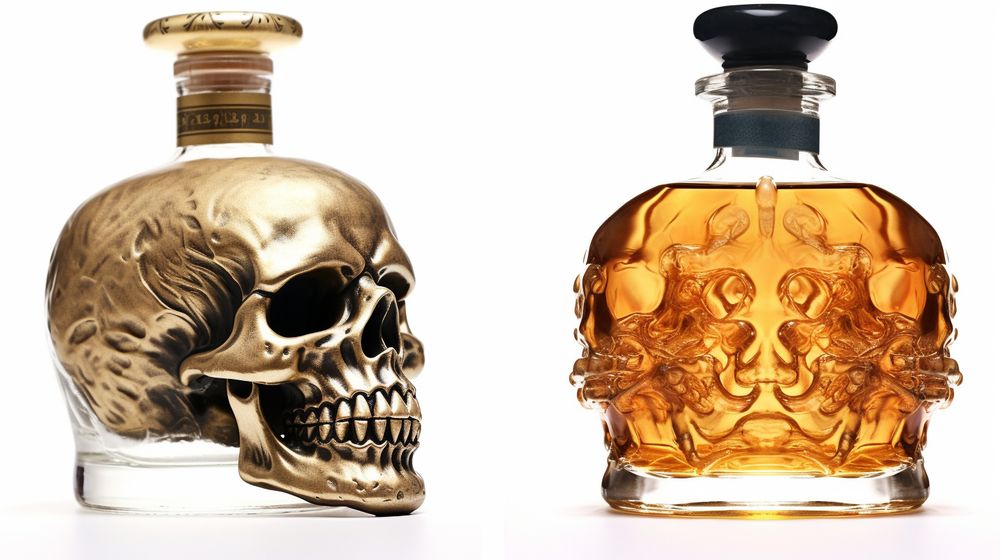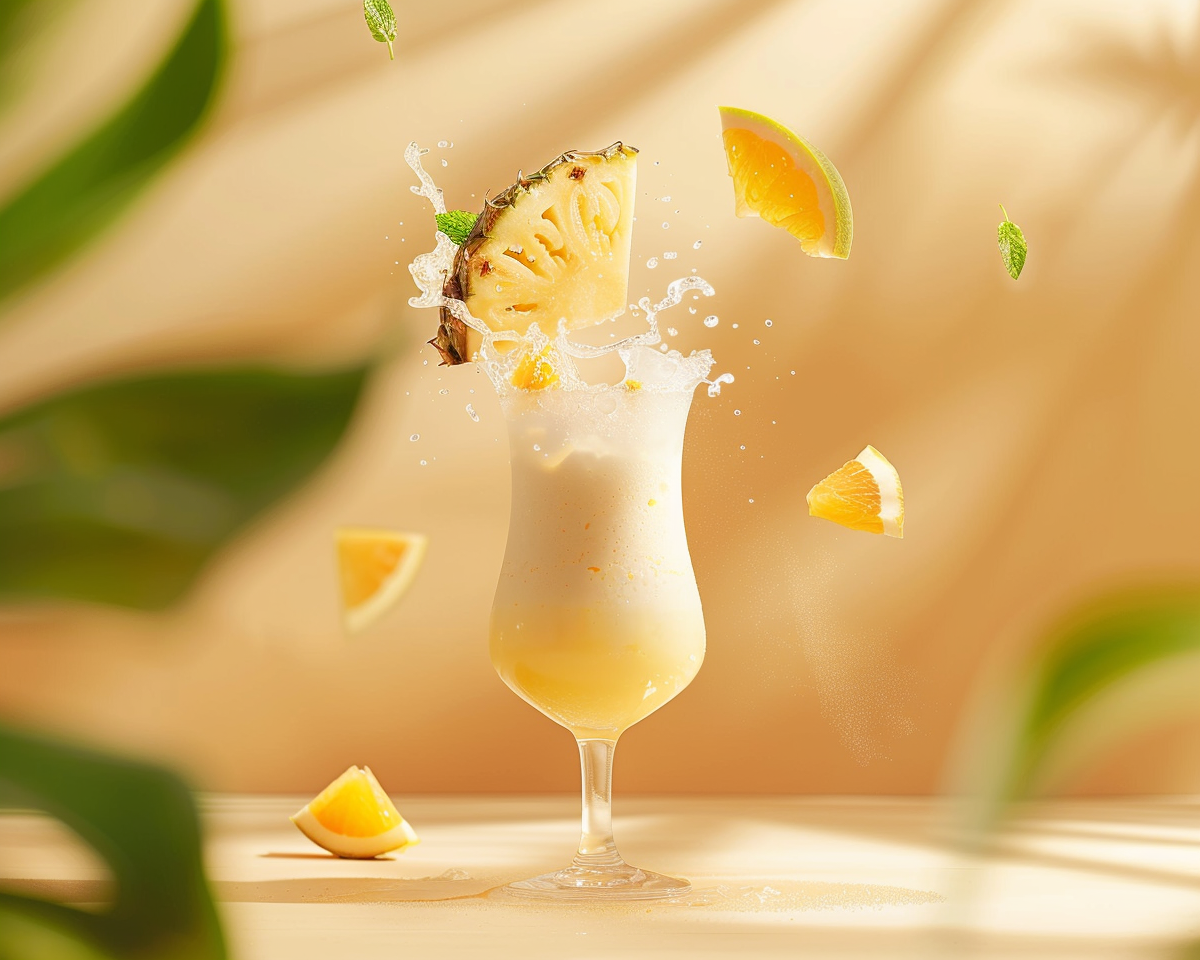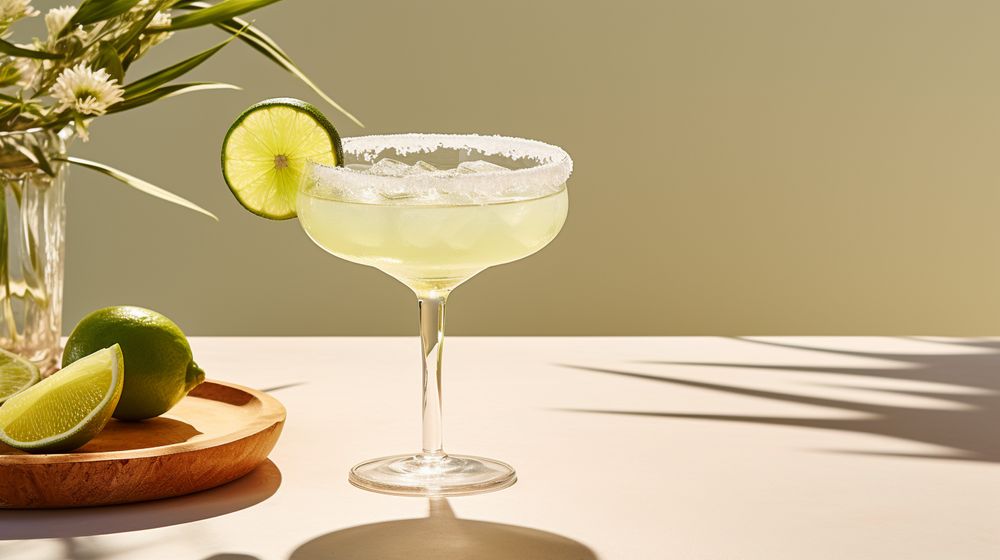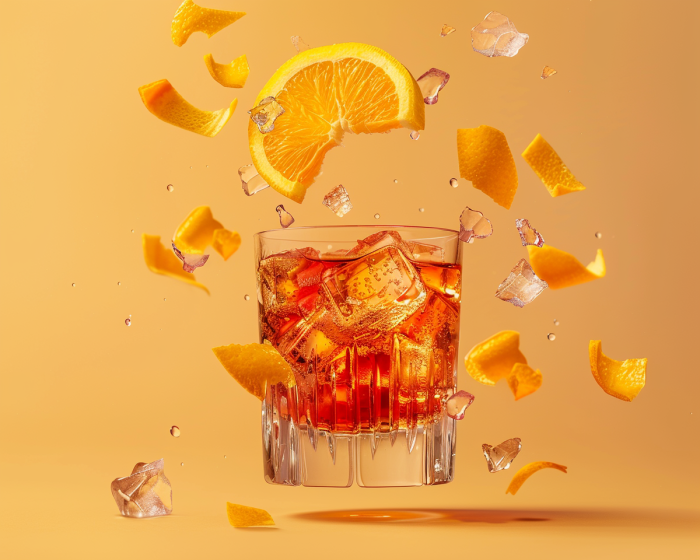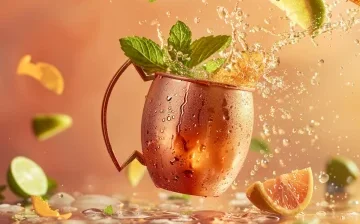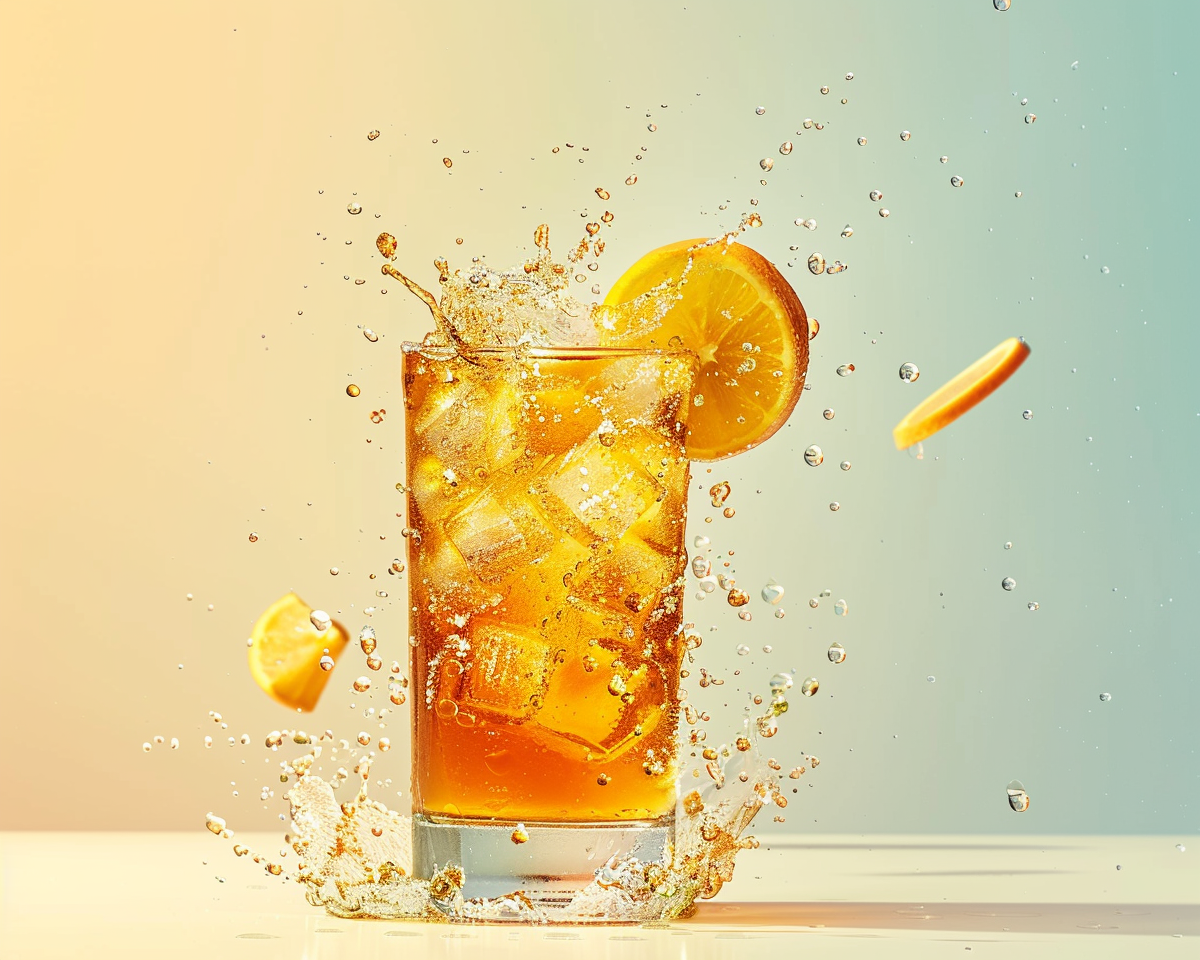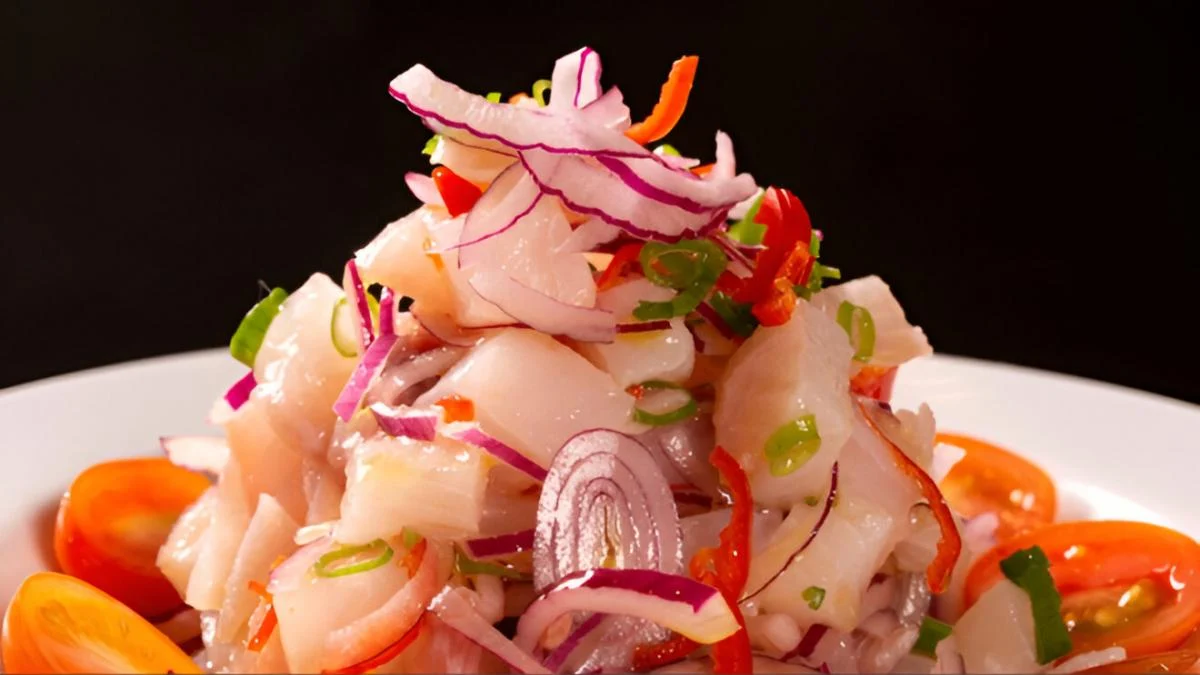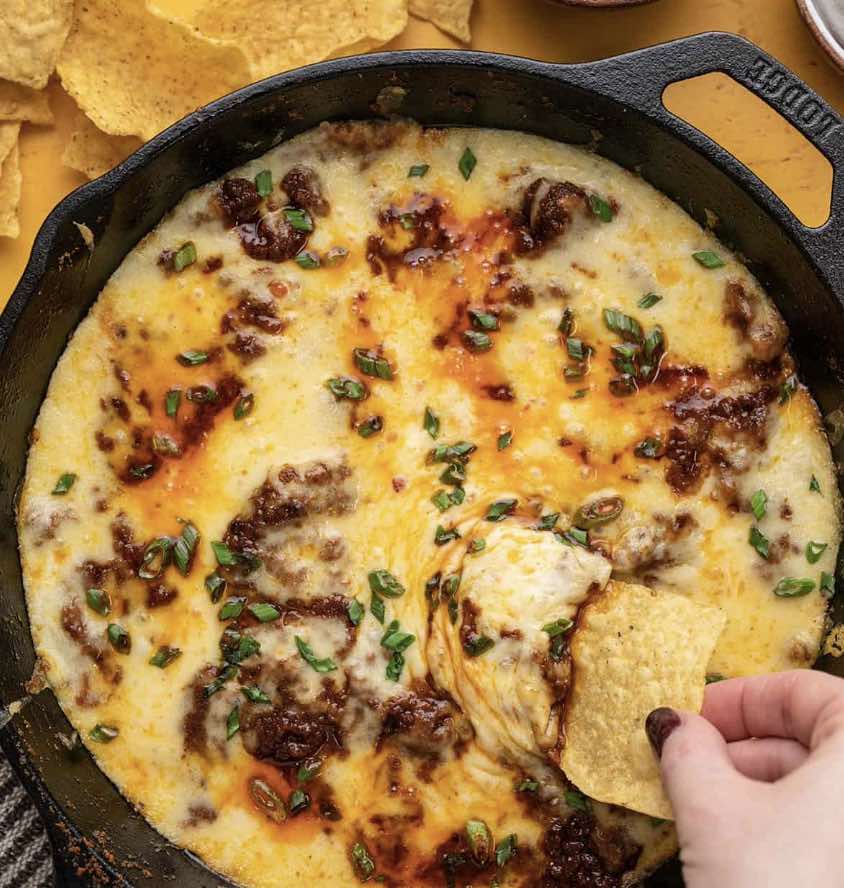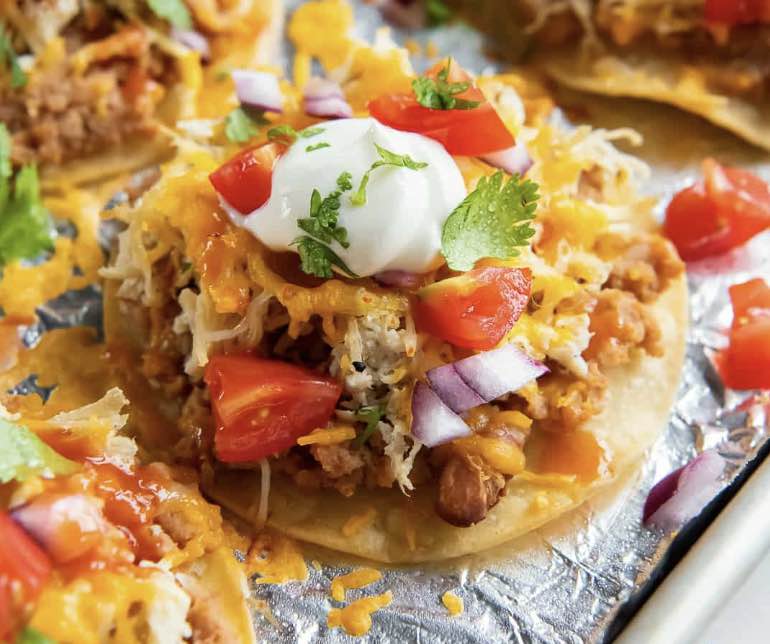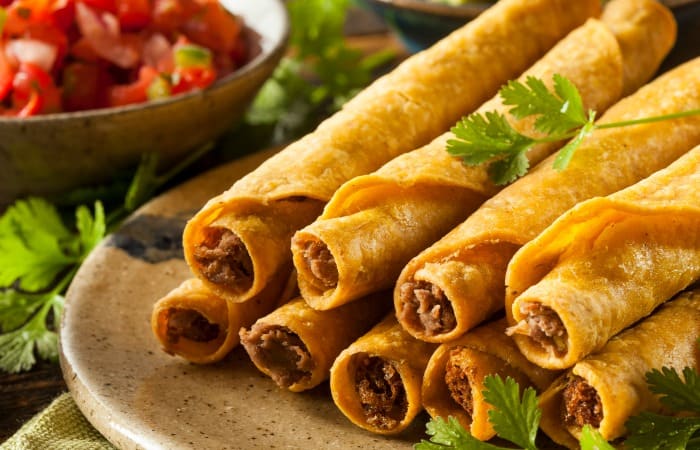Dive into the ultimate Tequila vs. Rum showdown! Discover the origins, flavors, and cultural significance of the world’s top spirits. Which reigns supreme? Explore now!
Battle of the Bottles: Tequila and Rum
In the mesmerizing world of spirits, few debates get the bar table as heated as the epic face-off between Tequila and Rum.
Oh, the joy of pouring a shot of that fiery Tequila or sipping on a chilled glass of Rum while soaking in the sun!
Both of these spirits have endeared themselves to enthusiasts worldwide, cementing their places in our hearts (and liquor cabinets!).
Each has its own distinct origin story, deeply intertwined with its native land’s culture and traditions.
And so, the million-dollar question arises: in this showdown of the spirits, which one reigns supreme— Tequila or Rum? Stick around as we dive into this thrilling duel.
Birthplaces: Desert vs Beach
Mexico: The Arid Abode of Tequila
Ah, Mexico! A land of diverse landscapes and rich traditions. But when it comes to spirits, Tequila is the shining star.
Born amidst the arid lands of Jalisco, Tequila is not just a drink; it’s the very soul of Mexico.
The region’s distinct climate, characterized by its parched lands and limited rainfall, has sculpted Tequila’s unique profile.
The Heart of Tequila: Blue Agave
At the center of this spirit lies the blue agave plant.
This succulent, with its spiky exterior and juicy interior, thrives in Mexico’s dry conditions.
It’s this plant that gives Tequila its distinctive taste and fiery spirit.
A sip transports you straight to the vast agave fields, with the sun glaring down and the earthy aroma of the Mexican terrain.
Learn more about Tequila and Mexican Culture.
Caribbean: The Tropical Paradise of Rum
Shifting our gaze from the deserts of Mexico, we land on the sun-kissed beaches of the Caribbean, where the waves kiss the shores and the breeze carries the sweet scent of sugarcane.
Yes, sugarcane!
The lifeblood of the Caribbean and the core ingredient of its most celebrated spirit is rum.
The Sweet Essence: Sugarcane
Sugarcane, with its tall green stalks swaying in the tropical breeze, is the heartbeat of Rum.
Grown abundantly across the Caribbean islands, sugarcane has a sweet and juicy interior. It’s this sweetness that’s fermented and distilled to produce Rum.
Every glass resonates with the rhythms of the Caribbean—the dance, the music, and the vivacious spirit of its people.
Learn more about the origins of Rum.
Verdict: Desert or Beach?
Tequila and Rum, while stemming from vastly different landscapes—the arid Mexican deserts and the balmy Caribbean beaches—both capture the essence of their birthplaces beautifully.
Whether it’s the earthy notes of Tequila, reminiscent of Mexico’s dry terrain, or the sweet undertones of Rum, echoing the Caribbean’s lively spirit, each has its own unique charm.
Choosing between them?
Well, that’s like choosing between a sunlit day in the desert and a starry night on the beach. Both are mesmerizing in their own right.
Production Processes: From Plant to Bottle
Tequila: The Dance of the Blue Agave
Harvesting the Heart: The journey of Tequila begins with the harvest of the blue agave plant, which can take anywhere from 7 to 10 years to mature.
Once ready, the jimadores, seasoned agave farmers, venture into the fields to cut away the plant’s long, spiky leaves, revealing the piña or heart, which is the core used for making Tequila.
Cooking and Extracting:
These piñas are then transported to ovens, where they are steamed to convert the starches into sugars.
Once cooked, the piñas are crushed to extract the juice. Some producers still use the traditional method of the tahona stone—a massive, circular stone wheel—to crush the agave and extract its sugary sap.
Fermentation and Distillation:
The extracted juice, now known as mosto, is then fermented.
This process involves yeast feeding on the sugars and producing alcohol.
The resultant liquid is then distilled, typically twice, to achieve the desired alcohol content and flavor.
Rum: Riding the Sugarcane Wave
Sugarcane Juice and Molasses:
The production of Rum begins with sugarcane.
The stalks are pressed to extract the juice.
This juice can either be fermented directly or boiled down to produce molasses, which is then fermented.
Fermentation and Distillation:
Post-extraction, the juice or molasses undergoes fermentation.
Once the fermentation is done, it’s time for distillation.
While there are various distillation methods, some rums, especially those looking for a richer profile, use pot stills.
This method imparts a dense, flavorful character to the spirit.
The Unique Touches
These distinct steps add layers of complexity and tradition to the spirits, whether it is the weight of the tahona stone pressing against the agave or the distinct character imparted by the pot still in rum production.
Flavor Profiles: The Tasting Notes
Tequila: Echoes of the Earth
A sip of Tequila is like plunging into the heart of Mexico.
The primary notes are earthy and vegetal, stemming from the blue agave.
Depending on the production method, you might also detect a smoky backdrop, especially in mezcals, a close cousin of tequila.
As tequilas age, they can develop notes of vanilla, caramel, and even a certain spiciness, courtesy of the oak barrels
Rum: The Caribbean in a Glass
Rum, on the other hand, sings a tropical song.
The core flavor revolves around the sweetness of sugarcane, often presenting a rich molasses profile. However, rums can be incredibly diverse.
Some are bursting with fruity essences, while others carry a spicy undertone. Just like tequila, aging plays a pivotal role in rum’s flavor development.
Aged rums can bring forth hints of chocolate, dried fruits, and even tobacco, all thanks to their time spent in barrels.
Aged to Perfection
Both tequila and rum evolve beautifully with age. Barrels play the role of a silent craftsman, carving out deeper, more intricate flavors in the spirits.
Whether it’s reposado or añejo tequilas, or gold and dark rums, time adds layers of complexity, making each sip a journey through time and tradition.
Varieties and Classifications
Tequila: The Shades of Agave
Blanco (Silver)
This is tequila in its purest form.
Distilled and bottled right after the production process, blanco tequilas provide a clear glimpse into the heart of the agave plant.
They are transparent and pack a fresh, vibrant taste of agave, often with a peppery kick.
Reposado (Rested)
As the name suggests, reposado tequilas have taken a short rest and are typically aged in oak barrels for 2 months to a year.
This little nap endows them with a golden hue and imparts notes of caramel, vanilla, and other subtleties from the wood.
Añejo (Aged)
The deeper, more contemplative sibling in the tequila family.
Añejos are aged for 1 to 3 years, presenting a darker color and a richer, more complex flavor profile. Think of hints of dried fruits, chocolate, and even tobacco.
Extra Añejo (Ultra-Aged)
A relatively new classification, these tequilas age for over 3 years.
They are a luxury experience, with profound depth and layers of flavors comparable to the finest of aged spirits.
Rum: The Caribbean Spectrum
White Rum
Clean, crisp, and clear as the Caribbean waters.
White rum is often light-bodied, making it a favorite for mixing in cocktails.
Gold Rum
These rums have spent some time in barrels, which gives them their characteristic golden color.
They’re smoother and carry subtle flavors from the wood.
Dark Rum
Aged for extended periods, dark rums are rich, robust, and packed with deep flavors, ranging from molasses to chocolate and coffee.
Spiced Rum
Infused with a variety of spices like cinnamon, pepper, and vanilla, these rums are aromatic and flavorful.
They often carry a sweetness, with the spices leaving a warm trail on the palate.
Cultural Significance: Celebrations and Ceremonies
Tequila: The Spirit of Mexico
Tequila is not just a drink; it’s a reflection of Mexico’s heart and soul.
Deeply rooted in its cultural fabric, tequila has played a role in various celebrations and ceremonies.
Among the most iconic is the Day of the Dead, where tequila is often offered on altars to honor the departed.
It’s also a staple in many festivities, uniting people in dance, song, and joyous revelry.
The spirit captures Mexico’s warmth, vibrancy, and rich heritage.
Rum: Echoes of the Caribbean
Rum, with its sweet notes and tropical essence, paints a vivid picture of the Caribbean.
Historically intertwined with tales of pirates and sea adventures, rum is more than just a spirit; it’s a chronicle of the Caribbean’s past.
From tales of old pirate ships to its significance in regional festivals, rum is a celebration of the islands’ spirit.
Carnivals, music festivals, and local gatherings are often incomplete without the rhythm of drums and a glass of rum.
It’s the spirit that dances with the waves, sways with the palms, and celebrates life the Caribbean way.
Mixology Marvels: Rum and Tequila Classic Cocktails
Tequila’s Tantalizing Tipple Cocktails
Margarita:
Synonymous with beach vibes and summer getaways, the Margarita is a concoction of tequila, lime juice, and Cointreau or triple sec.
This zesty cocktail, served with a salted rim, is a refreshing balance of sweet, sour, salty, and bitter.
Tequila Sunrise:
A visual delight, this cocktail resembles a sunrise with its beautiful gradient of colors. Made with tequila, orange juice, and a splash of grenadine, it’s as tasty as it is stunning.
Paloma:
Simplicity at its best! Combining tequila with grapefruit soda (or fresh grapefruit juice), a squeeze of lime, and a pinch of salt, Paloma is a fizzy and tangy delight that captures the spirit of Mexico.
Rum’s Radiant Refreshment Cocktails
Mojito:
Hailing from Cuba, the Mojito is a concoction of white rum, fresh lime juice, sugar, mint leaves, and sparkling water.
The muddled mint offers a refreshing undertone, making it a favorite on hot days.
Piña Colada:
A tropical treat! This creamy mixture of rum, coconut milk, and pineapple juice transports you straight to a Caribbean beach.
Often garnished with a pineapple slice, it’s the epitome of island vibes.
Daiquiri:
Another gem from Cuba, the Daiquiri is a simple blend of rum, lime juice, and sugar.
Shaken and served over ice, it’s a tangy and invigorating sipper.
Versatility Verdict
Both tequila and rum have cemented their places in the cocktail world, with each boasting a plethora of mixology marvels.
While tequila brings a bold, earthy note to drinks, rum’s sweetness and tropical essence offer a different dimension.
In terms of versatility, both spirits shine in their unique ways, and the best choice often boils down to individual preference.
Health Talks: Calories and Benefits
Nutritional Notes
On average, a standard shot (1.5 ounces) of tequila or rum contains about 97 calories, with zero fat, carbs, or sugars.
The calorie content primarily comes from the alcohol itself. However, when mixed into cocktails, the calorie count can surge, depending on the mixers and additives.
Cheers to Health?
Tequila
Some studies suggest that the sugars in agave (agavins) can aid in lowering blood glucose levels.
Additionally, these sugars are non-digestible and can act as dietary fiber, potentially aiding in weight loss.
However, it’s crucial to note that drinking tequila won’t provide any significant health benefits, and excessive consumption can be harmful.
Rum
Like most spirits, rum, when consumed in moderation, might offer some health benefits.
Some believe that it can act as a blood thinner and even reduce anxiety.
But again, it’s essential to approach these claims with caution.
Myth-busting: The Tequila Hangover
There’s a popular belief that tequila results in fewer hangovers.
The theory suggests that because pure agave tequila (100% agave) contains fewer impurities than other alcohols, it leads to milder morning-after effects.
While there might be some truth to this when comparing high-quality tequila to low-quality spirits, the real hangover culprit is often the quantity consumed, not the type of alcohol.
Drinking responsibly and staying hydrated is the best way to avoid those dreaded post-party headaches.
Global Popularity: Market Trends and Consumption
Sales Saga: Tequila vs Rum
When we dive into global sales, the love for both tequila and rum becomes evident.
Tequila saw a surge in sales, especially in North America.
Premium and ultra-premium brands experienced significant growth, indicating a trend towards quality over quantity.
On the other hand, the rum market has continued to thrive owing to its versatility and range (from inexpensive mixers to luxurious sippers).
Craft Movement: Distilleries with Distinction
Just as the craft beer movement transformed the brewing world, the spirits sector is experiencing a renaissance.
Both tequila and rum are undergoing a craft revolution.
Small-batch distilleries are emerging, focusing on traditional methods, sustainability, and unique flavor profiles.
For tequila, this means a return to age-old techniques like using the tahona stone or emphasizing the importance of terroir.
Rum, meanwhile, is exploring varied fermentation techniques, unique barrel aging processes, and regional sugarcane varieties.
Future Forecast: The Next Decade’s Dominator
While both spirits have carved their niches and are evolving, predicting a clear winner for the next decade is challenging.
Tequila’s premiumization trend suggests it’s becoming a spirit of choice for many, especially among millennials.
Rum, with its craft movement and broad spectrum of flavors, remains an evergreen favorite.
The growing global appreciation for authentic, well-crafted spirits hints that both will enjoy continued popularity.
However, as regions like Asia open up to more premium spirits, tequila might have a slight edge in the growth game.
Conclusion: The Verdict
Cherishing the Charms of Tequila and Rum
Tequila and rum: two spirits, two stories, each with its own aura.
While tequila mesmerizes with its earthy notes, encapsulating the arid heart of Mexico, rum lures with its sweet whispers of tropical breezes and sun-kissed Caribbean beaches.
Palate and Preference: A Personal Play
If there’s one thing evident from our deep dive, it’s that the “better” spirit is truly in the eye (or rather, the palate) of the beholder.
Some might sway to the smoky allure of an añejo tequila, while others might get lost in the molasses-rich depth of a dark rum.
Occasions, moods, and individual tastes play a massive role in this spirited debate.
A Toast to Tradition and Taste
In the end, rather than seeking a definitive victor, let’s raise a glass to both tequila and rum.
To their rich histories, the hands that craft them, and the moments they’ve graced.
Here’s to exploring, savoring, and cherishing these two iconic spirits in all their glory! 🍹🥃 Cheers!
Unveiling the Spirits: FAQs on the Tequila vs Rum Showdown
What are the primary ingredients in Tequila and Rum?
Tequila is made from the blue agave plant, primarily found in the region around the city of Tequila in Mexico.
Rum, on the other hand, is made from sugarcane or sugarcane byproducts like molasses.
Where do Tequila and Rum originate?
Tequila hails from the arid regions of Mexico, especially Jalisco.
Rum traces its roots back to the Caribbean, with many islands boasting their own unique variations of the spirit.
How is the production process different between Tequila and Rum?
Tequila is made by harvesting the blue agave plant, cooking the heart, or “piña,” extracting the juices, fermenting, and then distilling. Some traditional methods also involve the use of a tahona stone.
Rum’s production starts with sugarcane juice or molasses, which is then fermented and distilled. Aging in barrels is common for both but varies based on the desired end product.
What are the main flavor profiles of Tequila Vs. Rum?
Tequila often boasts earthy, vegetal, and sometimes smoky notes.
It can vary from being quite sharp to mellow and smooth.
Rum typically has a sweet profile, rich with notes of molasses, and can also carry fruity, spicy, and even woody undertones, especially if aged.
Which spirit has more varieties: Tequila or Rum?
Both spirits have a wide range of varieties.
Tequila types include blanco, reposado, añejo, and extra añejo.
Rum has white, gold, dark, spiced, and aged varieties, among others.
What are some iconic cocktails made with Tequila and Rum?
For tequila, popular cocktails include the Margarita, Tequila Sunrise, and Paloma.
Rum stars in drinks like the Mojito, Piña Colada, and Daiquiri.
Are there any health benefits associated with Tequila or Rum?
Both spirits, when consumed in moderation, might offer certain benefits.
Some studies suggest tequila’s agave could aid in lowering blood glucose levels.
Rum, in some circles, is believed to act as a blood thinner.
However, it’s crucial to remember that excessive alcohol consumption can be detrimental to your health.
Which spirit is more popular globally: Tequila or Rum?
Both spirits have a strong following worldwide.
Tequila has seen a surge in premium sales, especially in North America, while rum remains a favorite in many parts of Europe and Asia.
The preference often boils down to regional tastes and trends.
